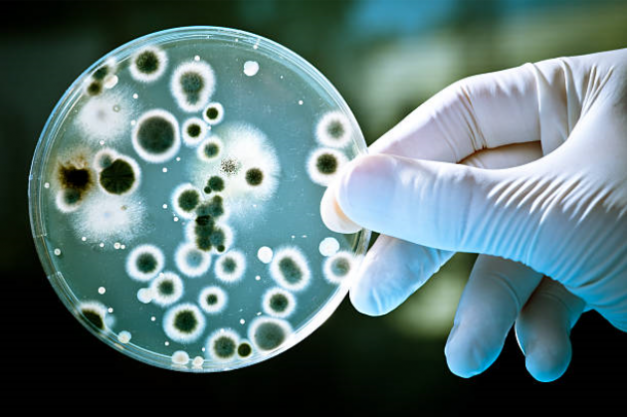With more than 30 years’ experience in the residential and commercial water treatment space, Mark Nelson is a Class 1 Drinking-Water Operator and a CBWA (Canadian Bottled Water Association) Certified Plant Operator. As founder and president of Nelson Water in Ottawa, Mark focuses on dealing with challenging water treatment system designs for problem water. He also heads the largest water bottling plant in the city of Ottawa with a delivery network throughout the Valley.
We all understand that we need access to clean water for drinking, bathing, and cleaning in our homes. When the quality of our water is compromised, it can lead to a variety of adverse effects on our health and in other aspects of our lives. Our water supply can be contaminated in a number of different ways, most notably with chemical and microbiological contaminants. Let’s examine these in greater detail and some methods to deal with them.
Microbiological Contaminants
These are microbiological organisms, such as protozoa, viruses, and bacteria that can be found in water supplies. They are one of the oldest threats to human health and the primary cause of waterborne diseases that threaten the world. These organisms are not easily detected in drinking water samples; scientists typically look for coliform indicator organisms that indicate the presence of a potentially harmful organism. The Maximum Contaminant Level (MCL) is based upon the absence or presence of the coliforms in the sample taken and not on the density of coliforms. Another factor is the number of samples collected during the month, and this will determine the MCL. If less than 40 samples are collected, only one can contain coliform bacteria, if more than 40 samples are collected the allowable rate rises to 5%.
Chemical Contaminants
Most of our daily fluid intake comes from our water consumption, and our bodies have a water content of approximately 70%. This is a delicate balance, and a lack of clean drinking water can have a dramatic effect on our wellbeing. Many chemical contaminants, such as arsenic, lead, solvents, and pathogens, are water soluble and we are exposed to them when we consume contaminated water. Some of these contaminants occur naturally and are only present in lower concentrations that are not harmful to our health. Larger concentrations present a more significant threat. Drinking is the most common method of exposure, but certain toxins can be inhaled or absorbed through the skin when showering or bathing. Natural water contamination can occur when chemicals such as manganese and arsenic in rock formations leach into groundwater and surface water sources. Man made activities, such as landfill leaching, agricultural pesticides, and industrial pollution, can also reach the groundwater and surface water.
Dealing with Water Contamination
Public water sources filter domestic water supplies and disinfect the drinking water using chlorine. This can kill most microbiological organisms, but it also creates disinfection byproducts that are also harmful to our health. For this reason, it’s a good idea to install some additional filtration and protection for your home.
A distiller can treat bacterial pathogens and parasites and even remove heavy metals. The water is intensively boiled, and then the purified steam is condensed into water. This method can treat enough water for drinking purposes, but will not be a suitable for treating larger quantities of domestic water.
Ultraviolet light is water sterilization method that can kill all bacteria and a large variety of parasites, including Giardia and Cryptosporidium. The light intensity and exposure time need to be optimized to ensure maximum effectiveness. A Class B system is rated as effective for the treatment of non disease-causing bacteria, and it renders them inactive by nullifying their capability to reproduce.
If you have concerns about Chemical and Microbiological Contaminants, you should consult a professional water treatment specialist for further help and guidance.

